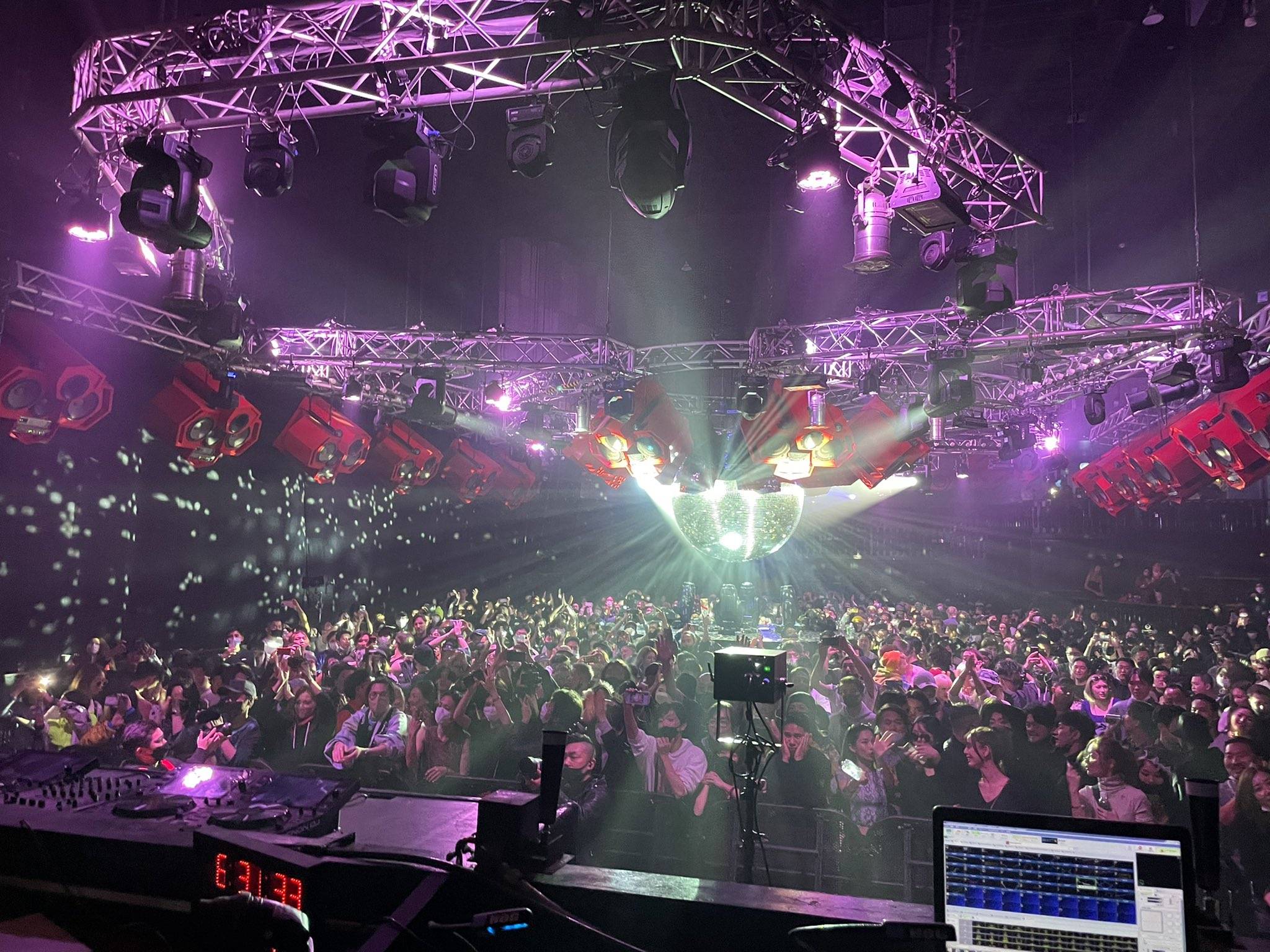On its very last night, the nightclub ageHa threw a party for the ages.
Thousands of revelers attended the “The Grand Final” event on Jan. 30 at the Studio Coast live music venue in the Shin-Kiba area of east Tokyo. The atmosphere was electric as house music thumped from the speakers and local favorite DJ Emma played for more than nine hours. Everyone in attendance received vials of sand and water from the pool area to take home as mementos. After the party, ageHa and Studio Coast closed for good.
From its opening in 2002, ageHa served as the largest nightclub in Tokyo for two decades, attracting both up-and-comers as well as big-name international acts. In August, it was announced that the landowners decided not to renew the contract with Studio Coast’s parent company, Mother Entertainment Inc., and in the following months, events and concerts held there took on a bittersweet tone, with the final slate of offerings in January providing a celebratory send-off to the space.


















With your current subscription plan you can comment on stories. However, before writing your first comment, please create a display name in the Profile section of your subscriber account page.